It’s significance?
It designated the month of October 2001 as “Family History Month.”[1]
While the resolution did not designate the month of October Family History Month in perpetuity, its devotees continue to commemorate it as such, celebrating heritage in a variety of ways.
Below are 20 ideas, be ye beginner or seasoned researcher, to help you get involved.
1. Go to Grandma’s ATTIC and see what treasures abound—ask her first and have her give you the skinny about the loot you find....
3. Visit a family CEMETERY and collect vital information from the gravestones.
4. Take a DNA test. And make yourself accessible!
5. Research goal: determine from whence your first generation U.S. ancestor EMIGRATED.
6. Begin writing your FAMILY HISTORY.
7. Use a GAZETEER (or two or three...) to trace your family’s migration.
9. Research goal: determine your first generation U.S. ancestor’s port of IMMIGRATION.
10. Attend a LOCAL GENEALOGY SOCIETY meeting to learn more.
11. Look for MANUMISSION PAPERS in the court houses of the counties where your ancestors lived.
12. Delve into NATURALIZATION RECORDS for more information about your first generation U.S. ancestor.
13. Record the ORAL HISTORY of your oldest living relative and, with their permission, donate a copy to a local archive.
15. Confer with a professional RESEARCHER when you need help.
16. SCRAPBOOK those old photographs in that shoe box; please try to use acid-free, archival quality papers.
18. Research goal: focus on one UNKNOWN during October 2018 and turn it into a known.
19. Research goal: see how many copies of or actual VITAL RECORDS as you can obtain during October 2018.
20. Start a family WEBSITE.
Happy Family History Month!

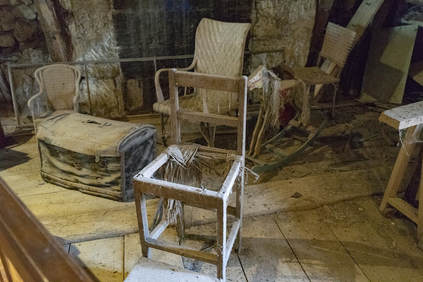
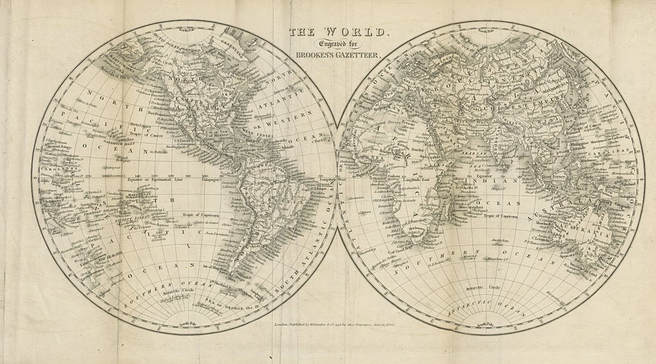

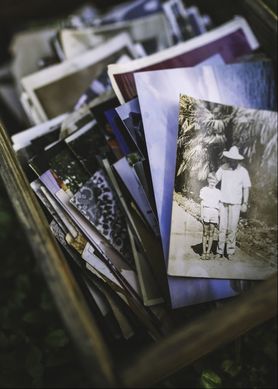

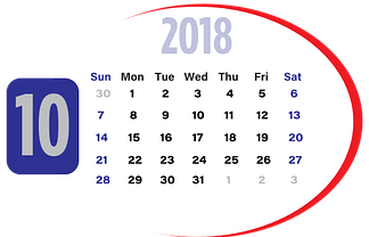
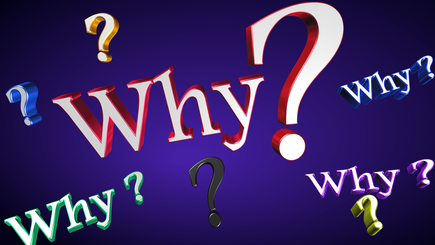
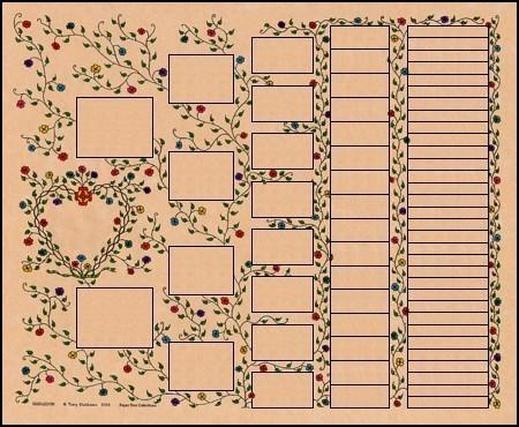
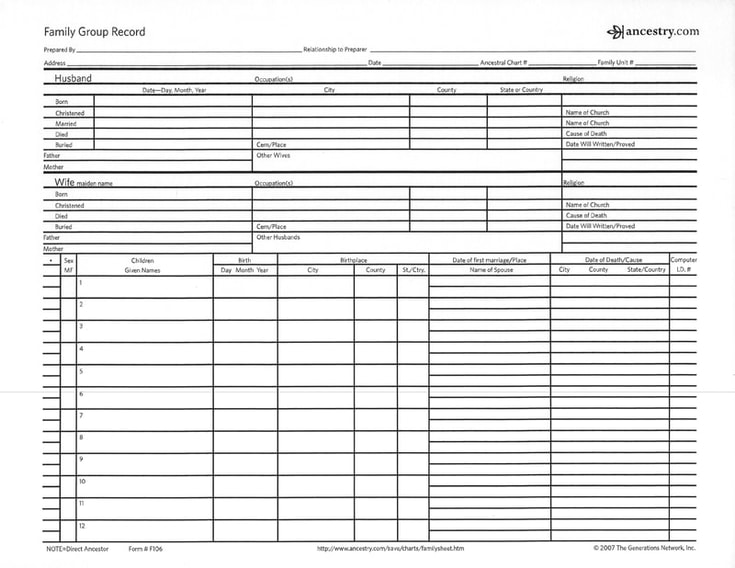
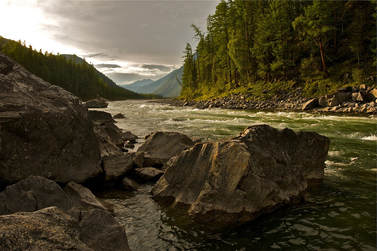
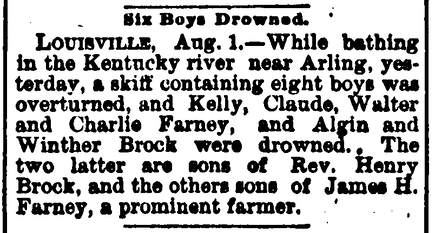

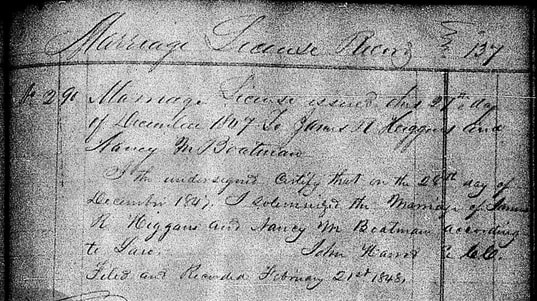
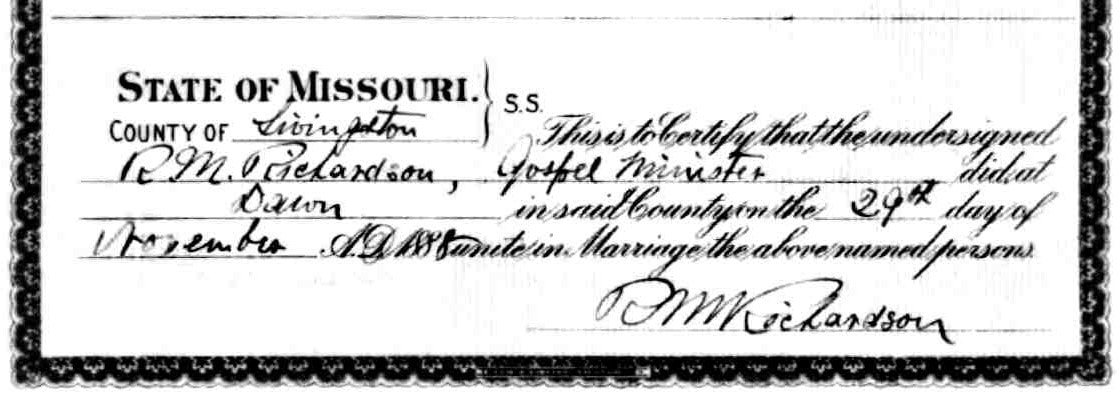
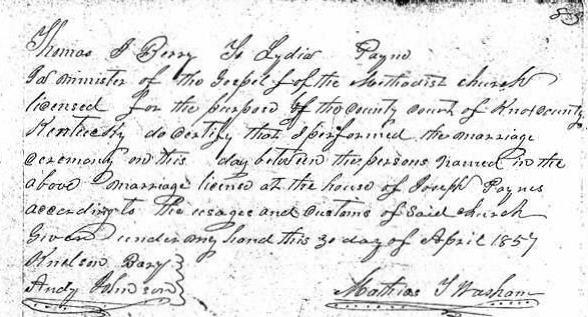
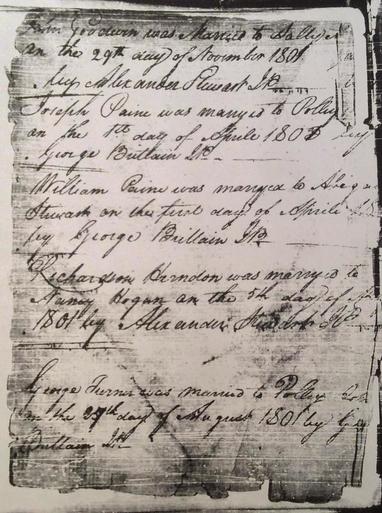
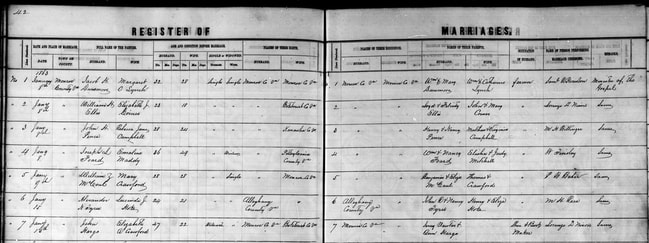

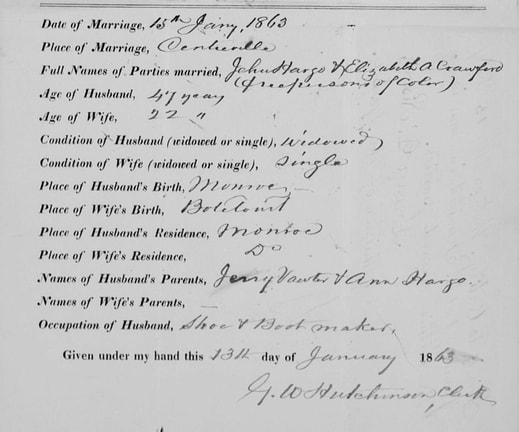
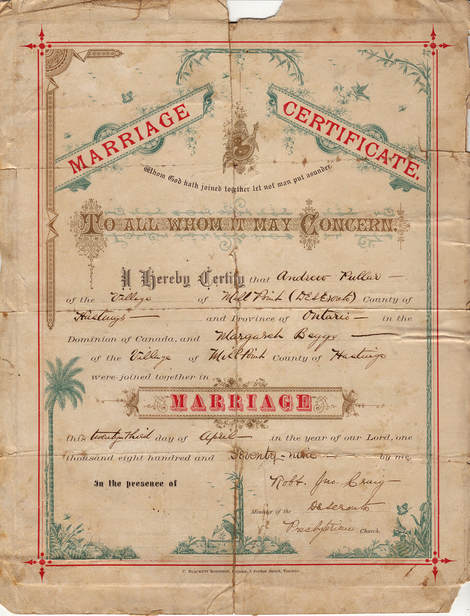
 RSS Feed
RSS Feed
